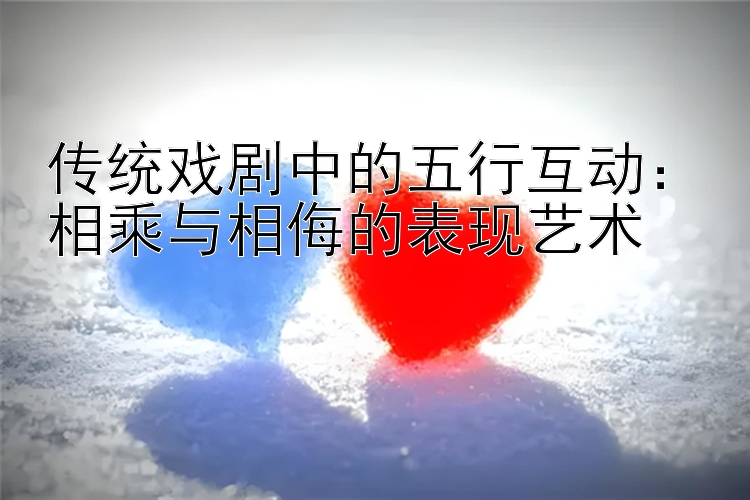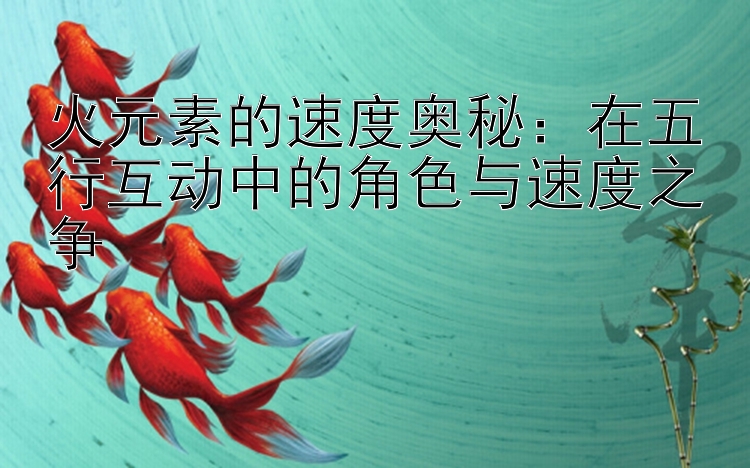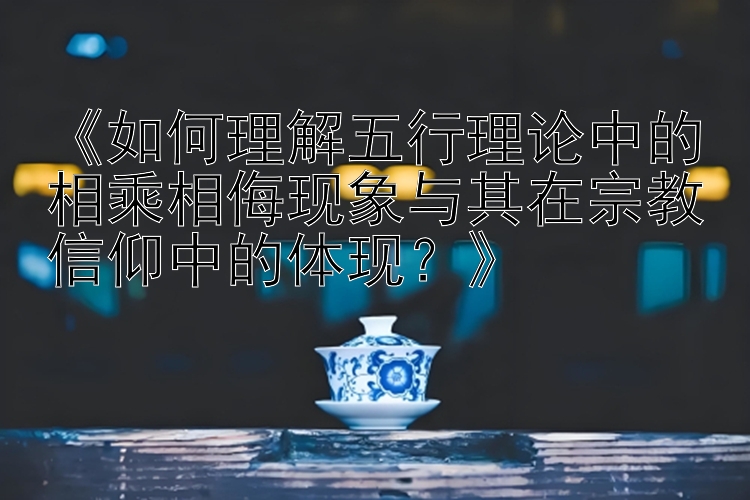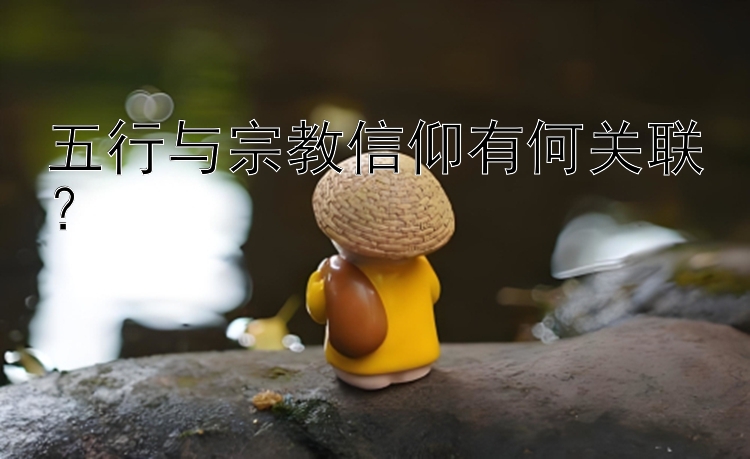五行之间的互动:探究宗教信仰文化的独特底蕴
在古老的东方哲学中,“五行”这个概念源远流长,它不仅是中国传统文化的重要组成部分,也是许多宗教信仰和文化实践的基础。五行指的是金、木、水、火、土五种元素,它们不仅仅是物质世界的构成要素,更是一种象征性的存在,代表着不同的属性、方向、季节以及人类情感和精神状态。
首先,让我们来探讨一下五行之间的关系。在古代哲学家眼中,这五种元素 were not just static entities, but rather dynamic forces that interacted with each other in a complex web of relationships. Each element has its own characteristics and properties: Metal is associated with autumn, the west direction, and the idea of restraint; Wood represents spring, east, and growth; Water corresponds to winter, north, and fluidity; Fire stands for summer, south, and passion; Earth symbolizes balance, center, and stability. These associations are crucial for understanding how the elements influence one another.
According to traditional Chinese thought, there are two main types of interactions between the five elements: creation (sheng) and control (ke). The creation cycle occurs when an element gives birth to or nurtures another: Wood feeds Fire, Fire creates Earth, Earth bears Metal, Metal collects Water, and Water nourishes Wood. This cycle illustrates a harmonious flow of energy where each element benefits from the presence of others.
On the other hand, the control cycle describes how one element can overpower or restrain another: Metal cuts Wood, Wood breaks Earth, Earth smothers Fire, Fire melts Metal, and Metal clears Water. While this might seem like a negative relationship at first glance, it's actually essential for maintaining balance within the system as excessive growth or activity in any one area could lead to imbalance if left unchecked by these controlling influences.
The interplay of these cycles forms the basis for much of Eastern astrology and divination practices such as feng shui which seeks to create harmony through arranging objects according to their energetic qualities related back into those same categories – creating environments conducive towards health wealth happiness prosperity etcetera depending upon individual needs desires goals intentions purposes reasons outcomes objectives aims targets destinations end-points terminations conclusions finales closures finishes ends.






